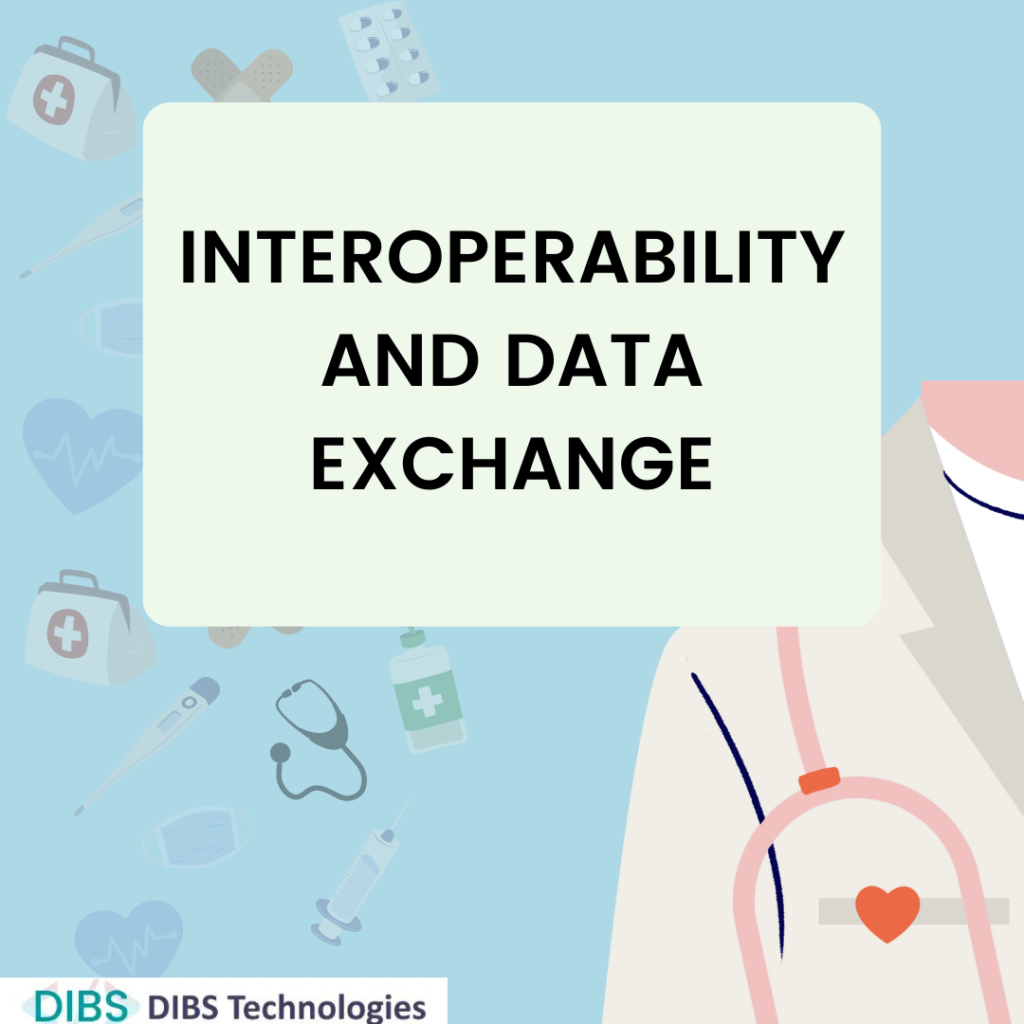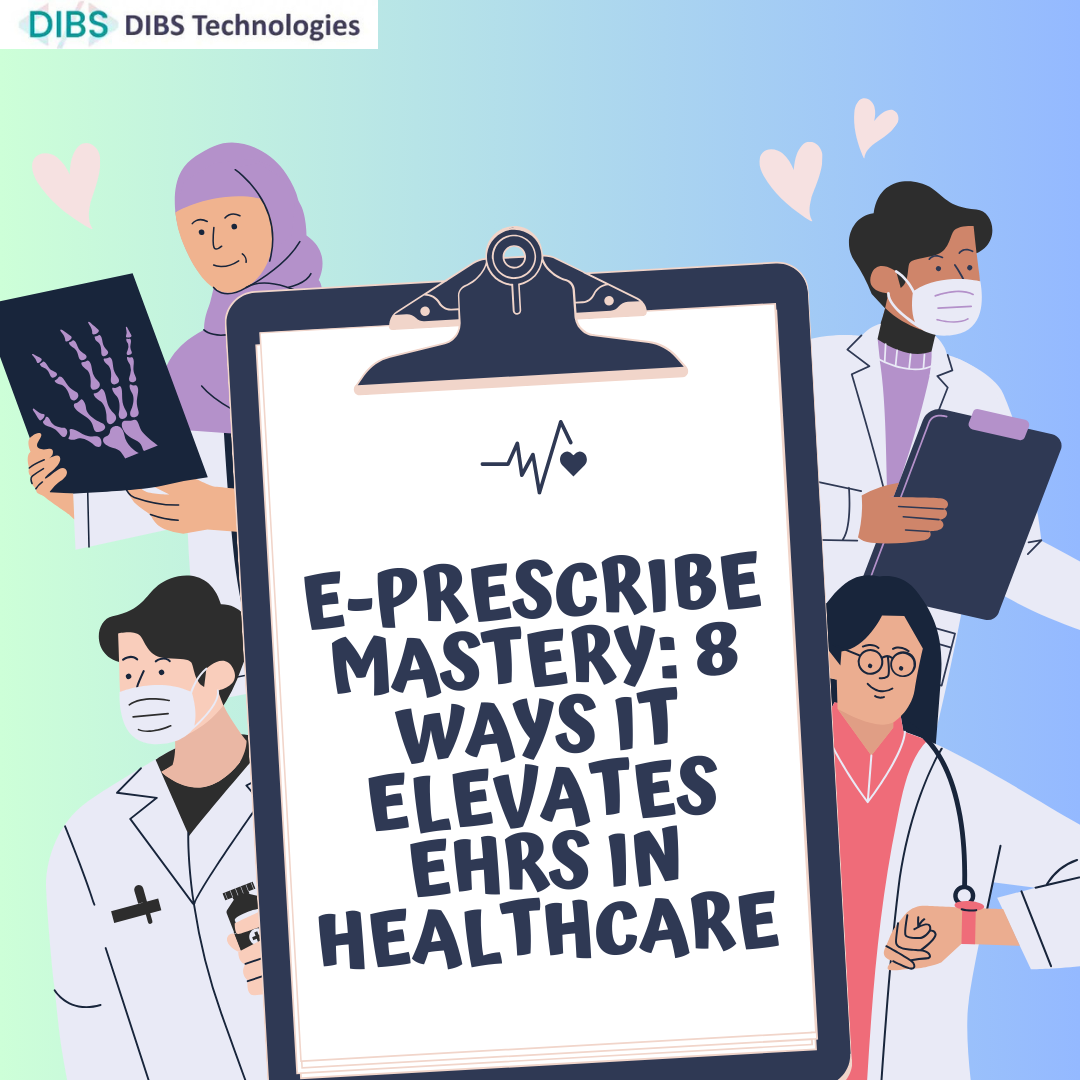In the dynamic landscape of healthcare, the integration of technology has revolutionized the way patient data is managed and healthcare services are delivered. Electronic Health Records (EHRs) have played a pivotal role in streamlining patient care, ensuring data accuracy, and promoting interoperability among healthcare systems. One significant aspect contributing to the enhanced functionality of EHRs is their partnerships with Electronic Prescribing (e-prescribe) platforms. In this blog, we’ll explore eight ways in which EHRs benefit from e-prescribe partnerships. Thus, bringing about unprecedented improvements in healthcare efficiency.
Streamlined Medication Management:
One of the primary advantages of integrating e-prescribe capabilities into EHRs is the streamlining of medication management. E-prescribing enables healthcare providers to electronically send accurate and error-free prescriptions to pharmacies, eliminating the need for traditional paper prescriptions. This not only enhances patient safety by reducing medication errors but also ensures that the prescribed medications are readily available for the patients when they arrive at the pharmacy.
Enhanced Medication Adherence:
E-prescribe partnerships empower healthcare providers to communicate directly with pharmacies, facilitating real-time updates on medication availability and potential substitutes. This instant communication fosters better patient engagement and adherence to prescribed medications. Patients can conveniently pick up their prescriptions without delays or disruptions, leading to improved health outcomes and reduced instances of treatment interruptions.
Reduced Administrative Burden:
Integration with e-prescribe platforms significantly reduces the administrative burden on healthcare professionals. Automation of prescription-related tasks, such as refills and prior authorizations, eliminates manual processes, allowing clinicians to focus more on patient care. The seamless exchange of information between EHRs and e-prescribe systems streamlines workflows. Thus, leading to increased operational efficiency and reduced chances of administrative errors.
Interoperability and Data Exchange:

E-prescribe partnerships contribute to the overarching goal of achieving interoperability in healthcare. The seamless exchange of data between EHRs and e-prescribe platforms ensures that pertinent information about patient prescriptions is accessible across different healthcare settings. This not only promotes continuity of care but also enables healthcare providers to make informed decisions based on a comprehensive view of the patient’s medication history.
Improved Patient Safety:
Patient safety is a paramount concern in healthcare, and e-prescribe partnerships play a crucial role in enhancing it. Electronic prescriptions reduce the likelihood of errors associated with illegible handwriting or misinterpretation of paper prescriptions. Additionally, the integration of decision support tools within e-prescribe systems alerts healthcare providers to potential drug interactions, allergies, or contraindications. Thereby, minimizing risks and ensuring safer prescribing practices.
Efficient Medication Reconciliation:
EHRs equipped with e-prescribe capabilities simplify the medication reconciliation process during transitions of care. When patients move between different healthcare settings or undergo changes in their treatment plans, the electronic exchange of prescription information ensures accurate and up-to-date medication lists. This not only facilitates smoother transitions but also contributes to comprehensive medication management, reducing the chances of adverse events.
Real-time Prescription Monitoring:
E-prescribe partnerships enable real-time monitoring of prescription fulfilment and patient adherence. Healthcare providers can track whether patients have picked up their prescribed medications, allowing for timely interventions if non-adherence is detected. This proactive approach to monitoring enhances patient accountability. Also, provides an opportunity for healthcare professionals to address any concerns or barriers to adherence promptly.
Data-Driven Insights for Continuous Improvement:
The integration of e-prescribe functionalities into EHRs generates valuable data that can be leveraged for continuous improvement in healthcare practices. By analyzing prescription patterns, medication adherence rates, and other relevant metrics, healthcare organizations can identify areas for optimization. This data-driven approach enables evidence-based decision-making, leading to improved patient outcomes and the refinement of clinical workflows.
Conclusion:
In conclusion, the collaboration between EHRs and e-prescribe platforms represents a symbiotic relationship that significantly benefits the healthcare ecosystem. The streamlined medication management, enhanced medication adherence, reduced administrative burden, improved interoperability, and increased patient safety are just a few of the compelling advantages. As the healthcare industry continues to evolve, the integration of advanced technologies and strategic partnerships will play a pivotal role in shaping a more efficient, patient-centered, and interconnected healthcare landscape. The synergy between EHRs and e-prescribe partnerships stands as a testament to the transformative power of digital innovation in healthcare delivery.
Talk to our experts and find out more about the latest healthcare technologies. See how the DIBS team can help you in improving communication and coordination between healthcare systems. Thus, streamline workflows, and enhance patient care.






Leave a Comment